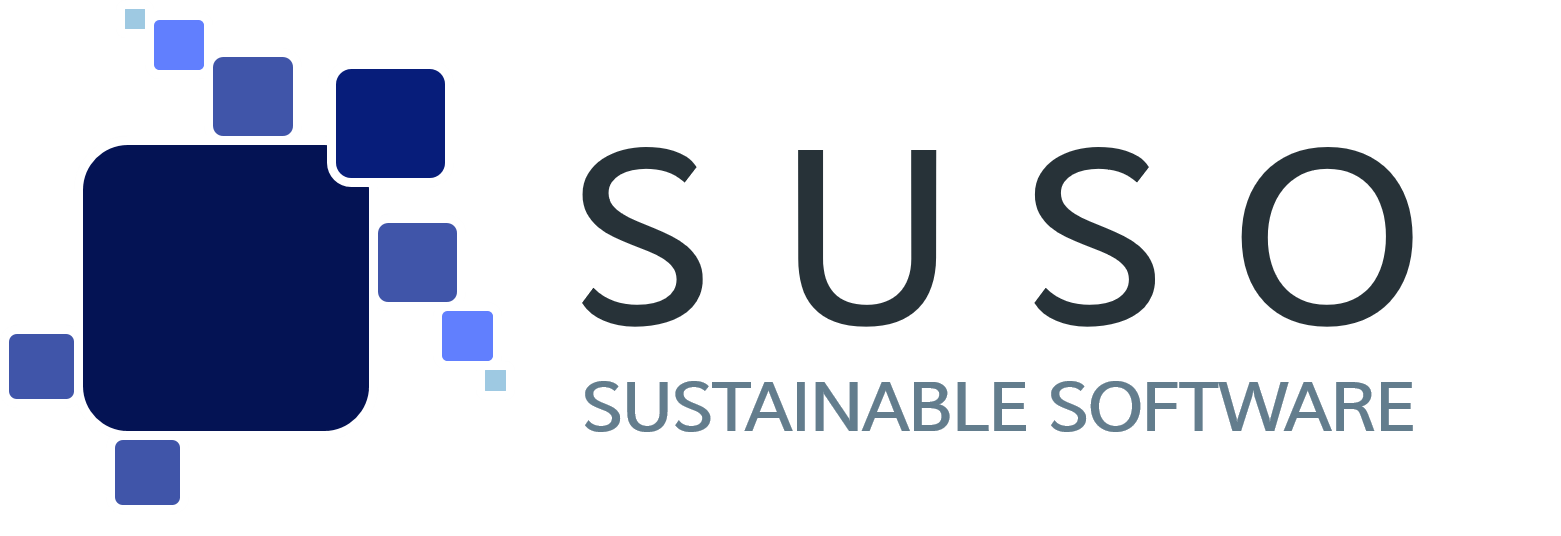Participatory Software Development: How to Empower and Encourage Communities
In today’s connected world, software applications and systems are ubiquitous and impact our lives in numerous ways. At the same time, software development also has negative effects on society and the environment. Software can lead to the creation of monopolies, endanger privacy and pollute the environment. It is therefore of great importance that software development becomes more sustainable and socially acceptable. In this context, participatory software development is becoming increasingly important. Participation is an approach that aims to make software development processes more open, transparent and democratic through the participation of developers as well as users.
Therefore, participation has the potential to promote sustainability in social, environmental and economic aspects by taking into account the needs and concerns of different interest groups (stakeholders) and developing joint solutions to complex challenges.
What is participatory software development?
To begin with, participation (also known as open source software development). It is an approach in which software projects are developed in collaboration with a broad group of stakeholders. These can be programmers, users, customers, companies or government agencies. The goal is to make the development processes more open, transparent and democratic. Next, this ensures that the software meets the needs and requirements of all stakeholders.
An important aspect of participatory software development is the disclosure of the source code. This means that the program code of the software is publicly accessible and can be viewed, edited and improved by anyone interested. This promotes collaboration and knowledge sharing among stakeholders and increases the transparency and security of the software.
Participation has received increasing attention in recent years and is now widely used in many software projects. A well-known example of participation is Wikipedia, the online encyclopedia created and edited by thousands of volunteers from all over the world.
Participatory software development is becoming increasingly important in a world where the interconnectedness of people and technologies continues to advance. It offers a way to transform software development into a social and collaborative activity. Therefore, it encourages participation while contributing to sustainability. We see an increasing involvement of users and developers in participatory software projects that help to improve the functionality and usability of software. As a result, software is better adapted to the needs and requirements of users. And thus creates more benefits for the community.
Finally, it can be said that participation is an effective means of strengthening communities and promoting the participation of developers as well as users. It can help software to be better adapted to the needs of the community. We hope that this article will help raise awareness of the importance of participatory software development. And also encourage software companies and practitioners to use this method in their projects.
Use our tools for sustainable software
How participatory software development can strengthen communities
Participation can help strengthen communities and encourage citizen participation. The following are some of the benefits and opportunities:
- Strengthening democracy: Participatory software development promotes collaboration and the exchange of knowledge between stakeholders. This can help make decision-making processes more open and democratic and involve citizens more in decisions.
- Improved public services: By involving citizens in the development of public services, such as online platforms for administration or the provision of public data, services can be better adapted to the needs of users.
- Boosting local economies: It can support local businesses and startups by giving them access to new technologies and business opportunities. This can create new jobs and strengthen the local economy.
- Sustainability: Participation can help develop sustainable solutions to social, environmental and economic problems. Through collaboration and knowledge sharing, innovative ideas and solutions can emerge that help improve the quality of life in the community.
Successful participatory software projects that have strengthened communities
- FixMyStreet: An online platform that enables citizens to report problems in public spaces, such as broken roads or defective street lamps. The reported problems are then forwarded to the relevant authorities to solve them.
- OpenStreetMap: An online map created and edited by a broad community of volunteers. The map is an alternative to commercial mapping services and is used by many local groups. These collect information about communities to share.
- Ushahidi: An online platform used by local groups to collect and share information about disasters, conflicts, or other crises. The platform allows citizens to share their experiences and observations. This contributes to the management of crises.
How participatory software development can promote participation
The participation of developers as well as users is an important factor for successful and sustainable software development. Thus, participation can help to promote participation by making the development process accessible to a broader group of people. Some aspects are listed below:
Importance of participation in software development: the participation of developers as well as users can help to ensure that software solutions are better tailored to the needs of users. By being able to participate actively in the development process, they can ensure that their requirements and needs are taken into account.
How participatory software development can promote the participation of developers and users: Participatory software development can promote the participation of developers as well as users in various ways. For example, by incorporating feedback loops, using open standards and interfaces, establishing open source communities, and collaborating with other developers and users.
Examples of participatory software projects that have improved user participation from developers:
- The Apache HTTP Server is one of the most popular web servers and has been improved through participation . The software is open source and available under the Apache license. The developer community contributes to the improvement of the software.
- LibreOffice is a free and open source office suite based on participatory software development. The software is improved by a large community of developers as well as users and is an alternative to proprietary office suites.
- OpenStack is an open source framework for cloud computing infrastructure. The platform was developed by a broad community of developers as well as businesses. It is used by many organizations to build and run their cloud infrastructure.
- Python is a popular programming language based on participatory software development. The software is open source and is being developed and improved by a large community of developers around the world. Do you actually already know our articles on green coding?
- WordPress is an open-source platform that allows users to create and run their own websites. The platform is based on a participatory model where users can actively contribute to further development.
Best practices for the implementation of participatory software development
To successfully implement participatory software development, software companies and practitioners need to follow some best practices. Here you can find some tips and recommendations that can help in implementing participation :
- Clear communication and transparency: It is important that the goals and processes of participation are clearly communicated. Developers and users should be informed about the progress and status of the project. Transparency of the process helps to gain the trust and support of the community.
- Open discussions and feedback: Involving stakeholders in open discussions and feedback sessions is an important part of participatory software development. It helps gather feedback and tailor the project to the needs of the community. This also encourages community engagement and participation.
- Regular training and workshops: Software companies and practitioners should provide training and workshops to improve community skills. This helps to encourage participation and strengthen the community.
- Create an open platform: An open platform that allows users and developers to actively participate in the development process is an important component of participatory software development. An open platform encourages collaboration and sharing of ideas within the community.
- Community collaboration: It is important to view the community as equal partners. And to include their needs and opinions in the development process. Software companies and practitioners should listen to the needs and requirements of the community and work together to tailor the project to the community’s needs.
- Balancing interests: In participatory software development, software companies and practitioners must balance community interests with business interests. A balanced approach that respects the needs of the community while considering the business interests of the company can help gain the trust and support of the community.
- Evaluation and review: Software companies and practitioners should regularly evaluate and review the project to ensure it is meeting the needs of the community. Feedback from users and developers can help to further improve and optimize the project.
However, there are also challenges and risks in implementing participatory software development. These can be, for example, a lack of community participation or insufficient resources.
Summary
All in all, participatory software development is becoming increasingly important in a world where the interconnectedness of people and technologies continues to advance. It offers a way to transform software development into a social and collaborative activity. This encourages participation while contributing to sustainability. We see an increasing involvement of users and developers in participatory software projects that help to improve the functionality and usability of software. As a result, software is better adapted to the needs and requirements of users. And thus creates more benefits for the community.
Finally, it can be said that participation is an effective means of strengthening communities and promoting the participation of developers as well as users. It can help software to be better adapted to the needs of the community. We hope that this article will help raise awareness of the importance of participatory software development. And also encourage software companies and practitioners to use this method in their projects.





